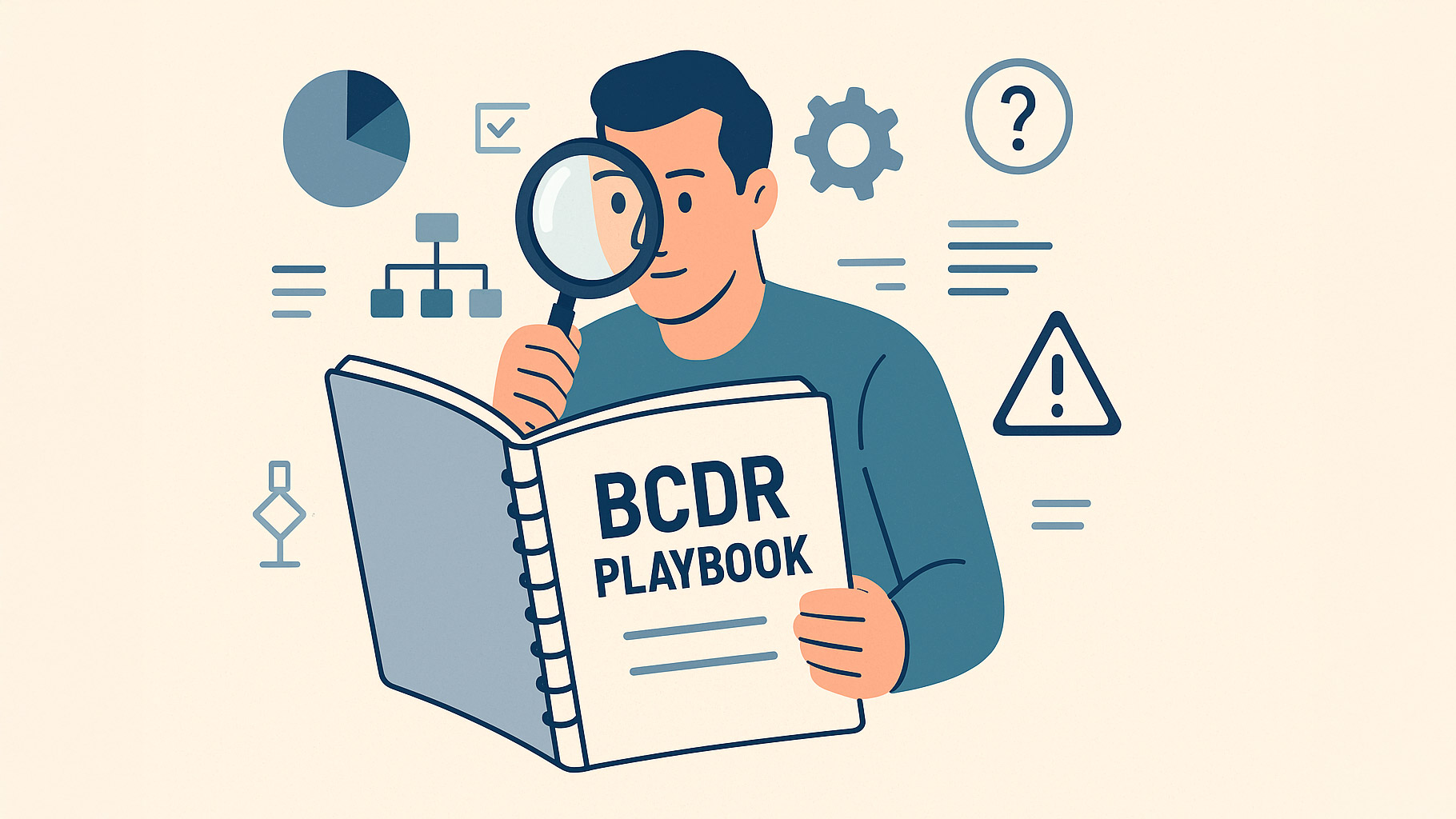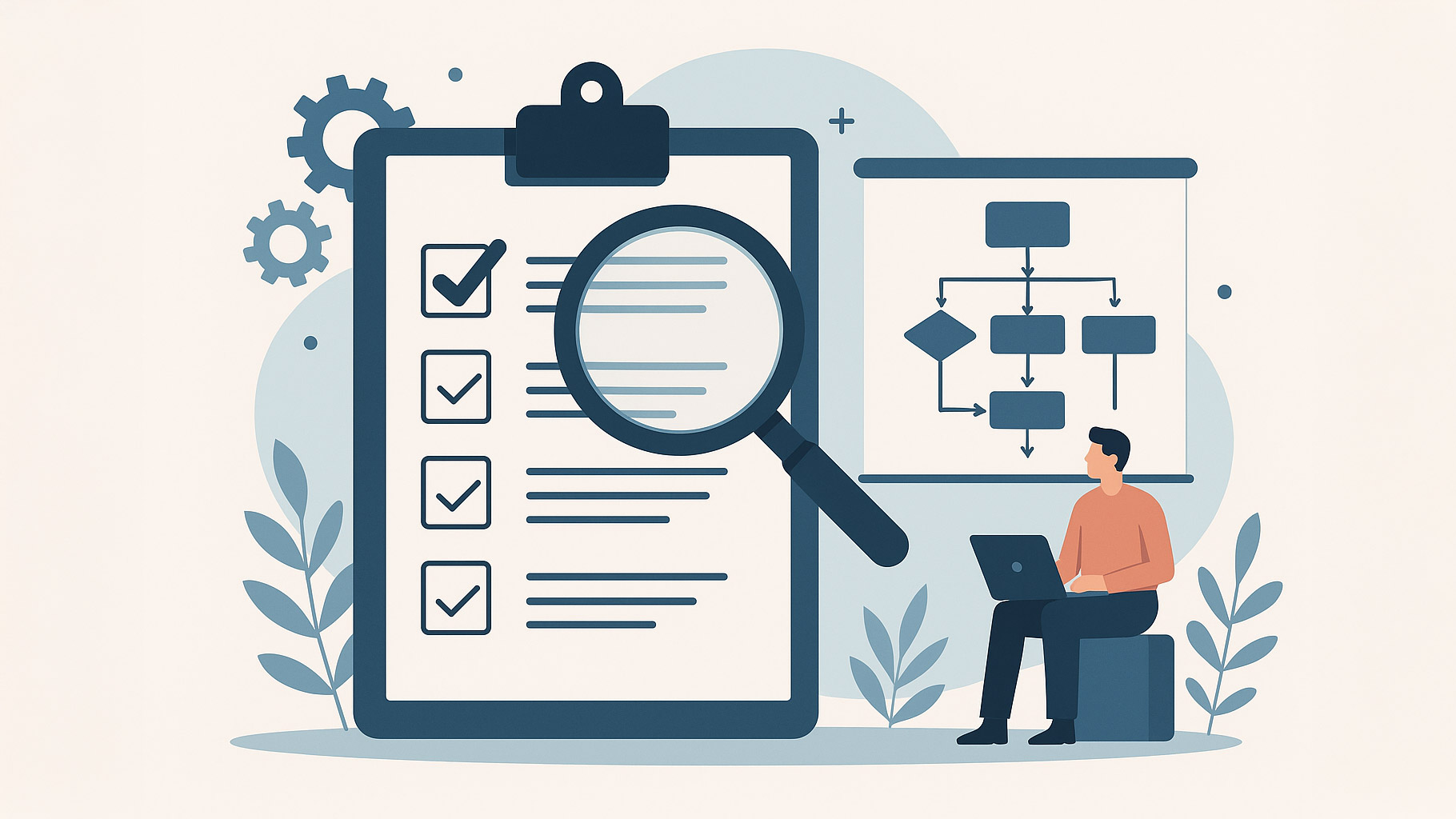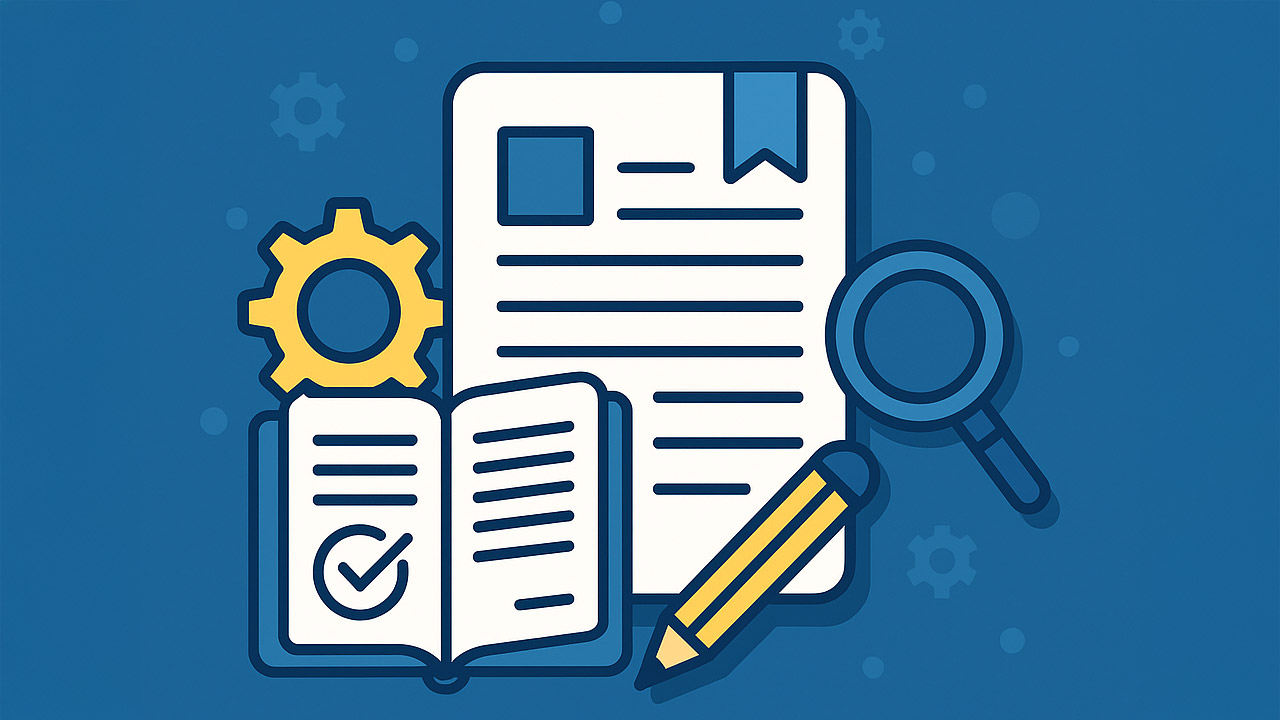You Can Make ‘Green’ by Offering Green
It may sound counterintuitive, but reducing waste and lowering power usage not only saves money for clients, but puts more of it in your pocket.
By Charla Bunton-Johnson
In the simplest view, going green is about minimizing the impact our lives and our businesses have on the environment. But it’s also about economics. By being more efficient–reducing waste and use of power, for example–there is an opportunity to save money. And, if you are a green company, you can leverage the investment in green to make a profit.
In the future, being a green company both in operations and products sold may become a legislative requirement. Yet even now companies small and large have started green initiatives to be more eco-responsible and save on energy costs. In some cases these companies are striving for carbon neutrality–that is, offsetting their carbon footprint (the carbon emissions generated) by planting trees, for example. In other cases companies are adding green requirements to their purchasing process in the form of Energy Star monitors, desktops, and servers; low-power components; virtualization; SaaS; and so on.
So how can you make green from going green? Diversify your portfolio. In reviewing your current product and technology solution offerings, look at the vendors you are engaged with that provide green products that you can adopt or at least supply as an option. Many vendors have diversified portfolios to meet end-user demand for power efficiency. If you are a member of vendor partner programs, check their partner portals for specific tools, rebates, and incentives for green product offerings. Ask your vendors about partner enablement programs that center around their green product portfolio. Talk to your vendors’ competitors about what incentives they may be offering to get your business.
Selling value-added services such as storage as a service (SaaS) is a good first step on a green path. A company such as i365, A Seagate Company, is channel friendly and will partner with you to help make the sale. “Resellers can provide their customers access to scalable, critical infrastructure through EVault SaaS Backup without the need to purchase, power, or cool their own equipment, while eliminating the need for physical tape storage and disposal,” says Carolyn Crandall, vice president of worldwide corporate and product marketing, i365.
Then, when you upgrade your clients’ current products, introduce energy-efficient offerings. In addition to the ecological benefits and cost savings, it’s good public relations for your business–many clients are looking for IT partners who do right by the environment. Be sure to leverage your own green success story for greater PR with your manufacturer vendors as well. Ask them if they are willing to pass along pertinent end-user leads.
Other vendors offer green assessment services to their end-user customers and will train their channel partners to do the same. This will be key to your success at penetrating a current client account base or leveraging leads that vendors pass along. Green assessments and their results are the foundation for presenting green best practices to clients. Take advantage of many of the green assessment tools and calculators from vendors and the larger channel community. Western Digital, Sun Microsystems, TheGreenGrid.org, and OpenEco.org are a few that have assessment tools available to the wider public.
Going green gives the channel an opportunity to deliver innovation, provide value-added services, and create closer engagement with clients. Going green now will help you get ahead of the eco-curve and potentially provide you with a competitive advantage and greater revenues.
CHARLA BUNTON-JOHNSON is the founder of TargetMark, a channel marketing firm, and has specialized in channel marketing, sales, and strategic go-to-market initiatives for 18 years. She can be reached at charla@targetmark.biz.












